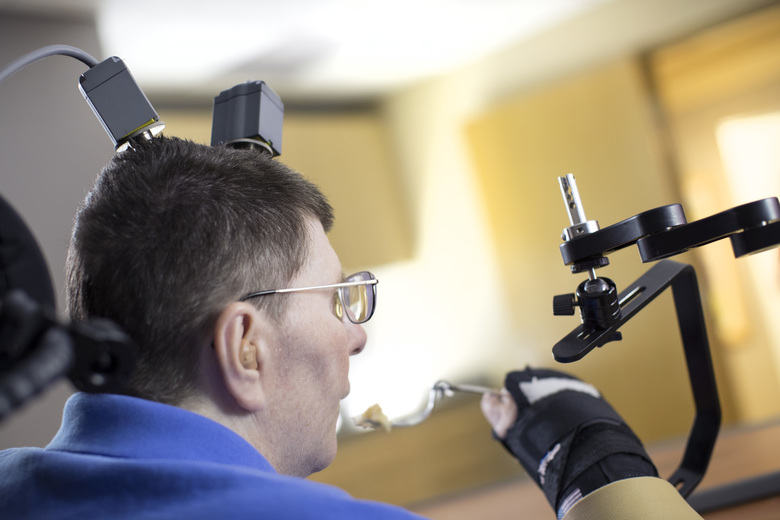A Paralyzed Man Can Now Drink And Eat Through A Brain Implant
Giving hope to other paralyzed people, a man named Bill Kochevar is now able to eat and drink through a “neuro-prosthetic” device.
The reason why this is so impressive is because Kochevar is paralyzed from the shoulders down.
The researchers behind the study published in the journal The Lancet on Tuesday, say this is the first time a device has restored the capacity to both reach with the arm and grasp with the hand in a person with a chronic spinal cord injury.
As part of the study, the device was implanted in the brain of Kochevar, 53, who became paralyzed eight years ago in a bicycling accident.
The brain implant was comprised of two tiny electrodes, each about the size of a low-dose aspirin pill, sitting just beneath the skull. The two pieces were connected by a computer that translated the brain signals into commands for 36 electrodes that were planted in the arm. These stimulated various muscles.
It took four months of training the system for Kochevar to recognize the brain signals that indicated what action he wanted to take.
It took a year for Kochevar to be able to learn how to use the device to drink from a cup or eve itch himself.
There are devices that have been shown to perform similar tasks, but the researchers say their work allows more movement than previous equipment.
The research is part of an ongoing study of the BrainGate system, which is a device that has been shown to restore function in people with paralysis and limited mobility.
“Although similar systems have been used before, none of them have been as easy to adopt for day-to-day use and they have not been able to restore both reaching and grasping actions,” said A. Bolu Ajiboye, one of the study’s lead authors. He is also a researcher in the department of biomedical engineering at Case Western Reserve University.
It will take years for a therapy like this to be available to the public but it’s extremely encouraging for other paralyzed people around the world.
The device is only available in the United States for investigational purposes.


